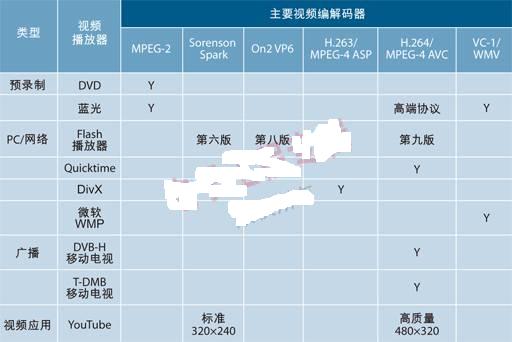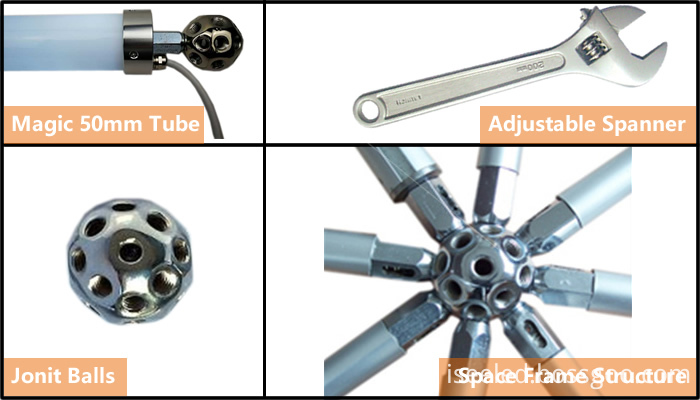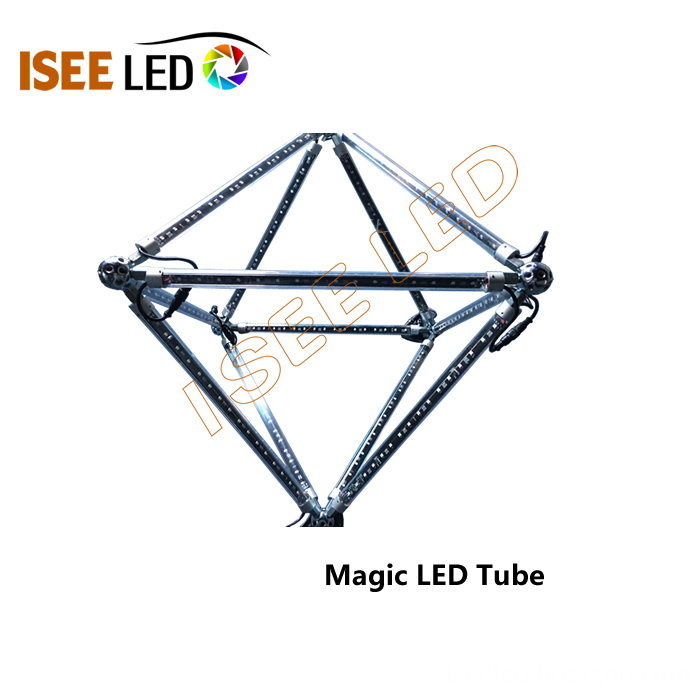Imagine a mobile phone with high-definition video quality, which can be used to watch TV shows, video clips or movies, record life shots, and even play high-quality 3D games through the console. What a pleasant thing! The dramatic changes that are taking place in the wireless market can drive designers to achieve amazing HD video on mobile devices. Nowadays, high-resolution mobile displays have been greatly improved, the cost of mobile storage is rapidly declining, 3G networks support broadband downloads, and low-power media processing performance has also been significantly improved. These technological advancements will enable next-generation precision mobile phones and portable devices. Media products have made a qualitative leap. In order for the mobile video market to cross the early trial phase, device manufacturers must break through current technology constraints to enable high-definition mobile multimedia applications.
This article refers to the address: http://
Future mobile phones will be able to record and play back high-definition video, and coarse-grain, low-resolution mobile phone imaging will become a thing of the past. Advanced features on digital cameras, such as automatic exposure compensation, optical correction, image stabilization, red-eye reduction and face detection, will be used on mobile phones to capture high-quality still photos. In the future, the performance of 3D games on mobile phones will be comparable to the video effects of dedicated handheld players. In the end, mobile devices will be able to play HD video in almost any format and output it to a high-definition TV via the HDMI interface. The HD consumer experience is a key component of future mobile multimedia and is therefore a good market opportunity. However, with the significant changes that market opportunities bring to wireless multimedia, the implementation of mobile HD is also faced with the design challenges of strict performance and power requirements. To meet this challenge, design engineers must acquire low-power multimedia processing technology while adopting new standards, taking into account the possibilities and challenges of HD and the associated processing architecture.
Realize mobile HD video playback
With the increase in cellular network bandwidth and the popularity of WiFi, more and more consumers will download video to their mobile phones and mobile media players. The Internet is the main source of video today. In January 2008, more than 9.8 billion videos were available online in the United States alone, and one-third of them came from YouTube. Other sources include video sharing sites, audio and video sites, and television networks that offer online drama.
For users who want to watch video on their mobile phones, mobile multimedia processors need to recognize and support multiple video coding standards. Table 1 lists the various video codecs currently in use. Content compatibility is the key to supporting the ideal goal of "anywhere, any content." To advance the popularity of mobile video, users don't have to know what format or resolution their devices support. Users may not be able to watch HD-encoded video on their phones at full HD resolution, but they want to be able to play them on their mobile phones and send them to the TV for viewing.
As shown in Table 1, many applications have a tendency to shift to the H.264 video standard because H.26? has high codec efficiency. The H.264 standard has a wide range of protocols for use in everything from low resolution video conferencing to HDTV. To maximize compatibility, mobile devices should support the H.264 Baseline profile and the more powerful main profile and high profile, which uses a more efficient CABAC (content from Adapt to binary arithmetic coding) lossless compression techniques. The H.264 high-end protocol provides higher quality at a specified bit rate and is the preferred video codec standard for HD Blu-ray Disc.
At present, although H.264 has become the main video codec standard, with the continuous development of technology, the successful mobile multimedia architecture needs to support future media standards. By adopting a degree of software programmability, a successful mobile multimedia architecture will support the rapid integration of new features and new applications, and support evolving audio and video codecs.
Battery life of mobile phones or mobile media devices is an important consideration in designing video playback capabilities. Decoding high quality images from very small files usually requires a lot of processing power. For mobile devices to support video playback for hours while preserving sufficient battery life, the video decoding power of the mobile multimedia processor must be less than 200mW, including graphics memory. High-efficiency and decoding 720p HD video requires only 160mW of equipment to use the 900mAH mobile phone battery for 6 hours of video playback.
Given the various uses of mobile video playback, users are likely to want to watch video on both mobile phones and televisions. To achieve this goal, the multimedia processor must have a powerful scaling engine that can simultaneously scale and display images on displays of completely different sizes. In order to support cost-effective video playback on both analog and HDTV, the processor should use on-chip analog circuitry to support the composite interface, S-Video or HDMI interface.
Realize mobile HD camera
In addition to decoding HD video so that users can play back these videos on their mobile phones, future wireless technologies will help users record high-quality HD video on mobile devices. Although some mobile phones currently support video recording, they use a low-resolution QVGA format that produces only coarse-grained, low-quality video. Playing HD video on mobile phones is a major advancement in the field of mobile media, but using mobile devices to record HD video far beyond QVGA quality represents a bigger step forward in this industry.
Image sensors are not a major factor when considering the need to record high quality video with mobile devices, and efficient video encoding and image signal processing (ISP) are paramount. The processing power required to encode a video on a mobile device is much greater than decoding the same video.
The 1 megapixel image sensor easily captures 921,600 pixels from HD 720p images, so the main challenge is not the sensor. The difficulty comes from the fact that these 1 million pixels must be recorded at 30 frames per second, equivalent to a raw data stream of 26 Mbps. In addition, in order to have advanced features such as image correction, anti-shake, auto focus, denoising and exposure control required for high quality HD video, the ISP pipeline must process these real-time data fast enough. With the right video encoding and ISP architecture, using H.264? high-end protocol compression, 720p video can be compressed from a huge 26? Mbps to a manageable 2-5 Mbps, equivalent to recording 2 hours of video content for an hour.
With the rapid increase in flash memory capacity and the rapid decline in price, future mobile multimedia devices are expected to have more than 16 GB of content storage. From a memory perspective, supporting long-term HD video recording is not a problem, as long as HD encoding is sufficiently efficient.
It is not enough to realize the management and compression of huge mobile video data, and it must be done with low enough power to ensure that the mobile phone battery has sufficient usage time. Video coding with the H.26? high-end protocol has a multimedia architecture optimized for power, so it is fully capable. When the processing power of high-quality HD recording (including graphics memory) is less than 450mW, recording audio and video on a mobile phone with a standard battery can last for several hours. Under the condition that this processor power specification is met, users can record up to 3 hours of HD video on their mobile phones. Providing high-definition camera functions on mobile phones will greatly enhance user-generated content levels, help promote the popularity of mobile multimedia applications, and further expand the range of web-based video sharing applications.
HD is not far from us.
Now is the right time for innovative design engineers to develop future mobile devices. Designing enough processing power to enable mobile phones and other multimedia devices to play and record high-definition video is an exciting opportunity and a daunting task.
Broadcom's recently introduced multimedia processor allows consumers to record and play high-definition video on their mobile phones, capture high-quality photos, and play 3D games. The BCM2727 VideoCore III multimedia processor is the company's first energy-efficient, high-power multimedia processor that delivers 720p HD encoding and decoding with low-power conditions using H.26? high-end protocol compression technology. Thereby implementing a mobile HD application.
Some leading mobile phone and portable media player companies are designing next-generation HD mobile devices. In the next few years, mobile phone users around the world will be able to watch and record high-quality HD video, capture high-quality photos, and play 3D games on their mobile phones.

Table 1: Popular video players and related codecs.
Diameter 30mm Magic 3D Led Tube can make different shapes as you want, especially for top disco decoretion, Led Linear Lighting .
The tubes are controlled by DMX Controller and software of Madrix, the Madrix software is a center of light, the software output information to DMX controller,
and controller transform the sign to tubes.it can change the color and moving of tube. tubes,software ,controller are connected by line,we have power line ,sign ling,and tube line, the lines can combine together. it's convenience for concert show and led light rental.Magic 3D Tube automatically address, it save time for DJ club, architecture light.
Maybe you want to know how to install a led Magic Tube, don't worry, we provide installation guide for you or we can send our engineer to your here to guide your team step by step, so that you can fix the Magic Tube easily. Regarding color changing led Magic Tube, you can control by DMX Artnet Controller.
Photo show of Magic 3D LED Tube:


Magic 3D Led Tube
Magic 3D Led Tube,Led Linear Lighting,Outdoor Magic 3D Led Tube,3D Magic Vertical Tube
Shenzhen Iseeled Technology Co., Ltd. , https://www.iseeledlight.com